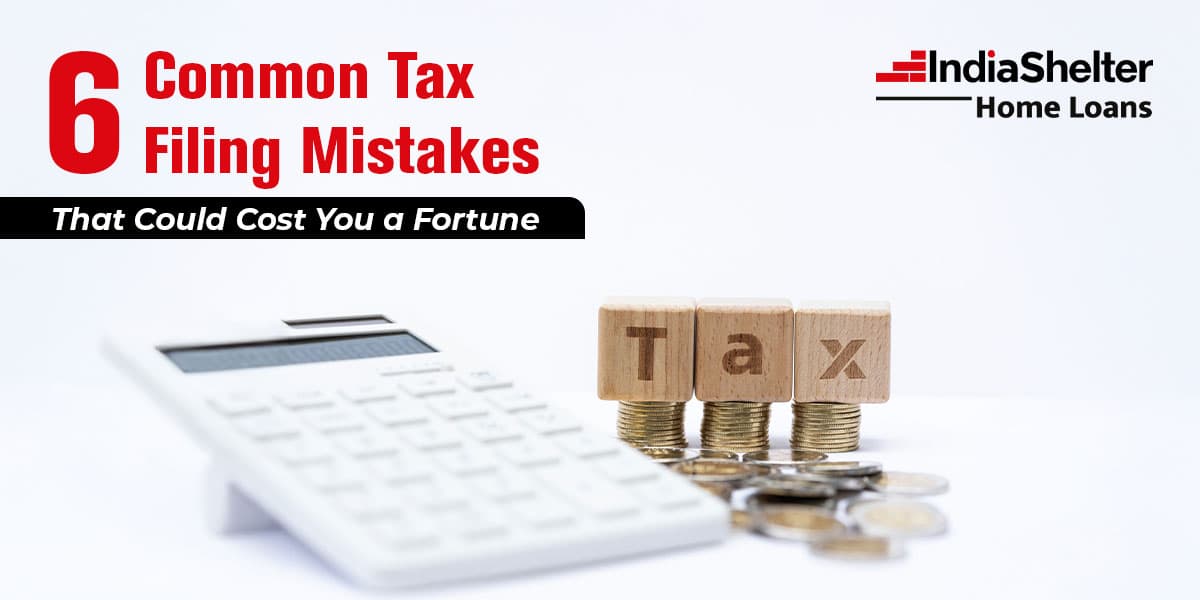Encumbrance Certificate: Overview, Process and Fees

Published on :2024-11-29
When you look to purchase a new property, you may encounter several jargons. Understanding these terms is quite important to ensure you know exactly what you are dealing with for a smooth purchase experience. One such term you will definitely come across is an Encumbrance Certificate (EC).
The EC holds great value in all property transactions. It acts as solid proof that you own the property and validates its financial and legal aspects. If you want to apply for a home loan, sell your existing property, or get a loan against property, you must have the encumbrance certificate; it is a mandatory requirement for buying, selling, or mortgaging the property.
An encumbrance certificate provides a comprehensive record of the registered property that can date back up to 30 years. Thus, as a home buyer or seller, it offers you a valuable insight into the property’s history.
If you are a first-time property buyer or seller, then this guide is just for you as we discuss everything you want to know about encumbrance certificates. Read on!
What is an Encumbrance Certificate?
An encumbrance certificate is a legal document that officially confirms the property's ownership status and title. It also lets you know if the said property has any dues pending, mortgaged or is free from legal obligations. As a home buyer, this document holds great value for you as it ensures complete transparency in the purchase transaction and that you are aware of the property's records, allowing you to take an informed decision.
Importance of encumbrance certificate
- When buying a new property, you must be very careful about the legal aspects. Sometimes, as you purchase the property, there is a risk that you may inherit the liabilities associated with it. That is where EC plays an important role. It helps you confirm that the said property does not have any outstanding dues.
- If you want to apply for a loan against property, you must submit these documents, as it is a mandatory requirement. They showcase to the lender that you are the rightful owner of the property and can easily get the loan.
- You will need the encumbrance certificate to withdraw funds from your PF (Provident Fund) account.
How do I get the EC online?
Since the encumbrance certificate is such an important document, you must have it handy. Getting the certificate is quite easy. Follow these tips to get an EC certificate online.
- Step 1 – Access the official government portal
Every state has its own property registration portal/website, so visit your state's official government portal.
- Step 2 – Register or Log In
If you are using the property registration portal for the first time, you may have to create an account by filling in the necessary details. If you already have an account, use the credential to log into the portal.
- Step 3 – Fill out Form 22
Once you log into the portal, navigate through to the Form 22 section, and fill out the application. Here you would require to provide details about the property seller, buyer, etc.
- Step 4 – Submit documents
Along with form 22, you must submit necessary documents like identity proof, property-documents, etc., for verification and authentication.
- Step 5 – Pay the fees
After you submit the necessary documents, proceed to pay the fees for EC and complete the application process. The charges for getting the EC may vary from one state to another, but it generally ranges from Rs. 200 to Rs. 500.
- Step 6 – Verification and issuing of EC
After receiving your application for the EC, the sub registrar's office will review your application and the documents submitted. If there are no encumbrances on the property, they will issue Form 16. If there are any encumbrances, they will issue Form 15.
- Step 7 – Download the EC
Once the sub-registrar has issued the EC, the department will mail you a notification. You can then log into the portal, download the certificate, and keep a copy for your records.
Important documents required for getting an encumbrance certificate
As mentioned earlier, when you apply for the encumbrance certificate online, you must submit certain documents along with the application form. Although the documents required may vary from one state to another, generally, you must submit the following documents:
- Property registration proof
- Possession deed and title deed
- Copy of the reference letter
- Address proof
- Partition deed, sale deed, gift deed (as applicable)
- Duly filled application form 22
Tracking the EC certificate application status
Once you submit your application for encumbrance certificate online at the government portal, you will receive a reference number. Make sure that you note this number and keep it safe. You can use this number to track the status of your application by logging into the portal. It usually takes about 15-20 days to process the application and issuing the certificate and the time may vary from one state to another.
Benefits of having the EC
The encumbrance certificate offers many benefits to both property buyers and sellers.
- Buyer
The encumbrance certificates can help the home buyers evaluate whether the property they want to buy has any dues pending or is at the centre of any legal issue. Thus, it ensures that the buyers don't risk investing in any property that has pending legal cases and risk losing their hard-earned money and get themselves involved in the case.
Also, the buyer would need these documents to get their home loan sanctioned and complete the purchase transaction.
- Seller
The encumbrance certificate that shows no dues and clear transactions can help the seller of the property to complete the sale transaction quickly. Also, it is an important document that the seller must provide to the potential buyer to win their trust and showcase to them that the property is clear of all legal issues.
Related Blogs

2025-04-14
Surprising Budget Changes That Will Impact Your Wallet
Explore major budget shifts affecting savings, loans, and expenses. Stay ahead with insights on financial changes that could impact your wallet this year.

2025-04-14
Online vs. Offline Loan Applications: Which is Faster and Easier?
Discover the key differences between online and offline loan applications. Learn about their benefits, processes, and choose the right option for your needs.

2025-04-10
Common Tax Filing Mistakes That Could Cost You a Fortune
Learn about common tax filing mistakes that can cost you money. Avoid errors, maximize deductions, and ensure a smooth tax filing process with these tips.
Disclaimer: *By contacting IndiaShelter on Toll Free/WhatsApp/Website or any other mode, you authorize our representatives to reach out to you through personal communication via SMS, WhatsApp and phone calls regarding our services. This consent will supersede any registration for any Do Not Call (DNC) / National Do Not Call (NDNC).
© India Shelter Finance Corporation 2024 | All rights reserved
Design with byCyberworx





